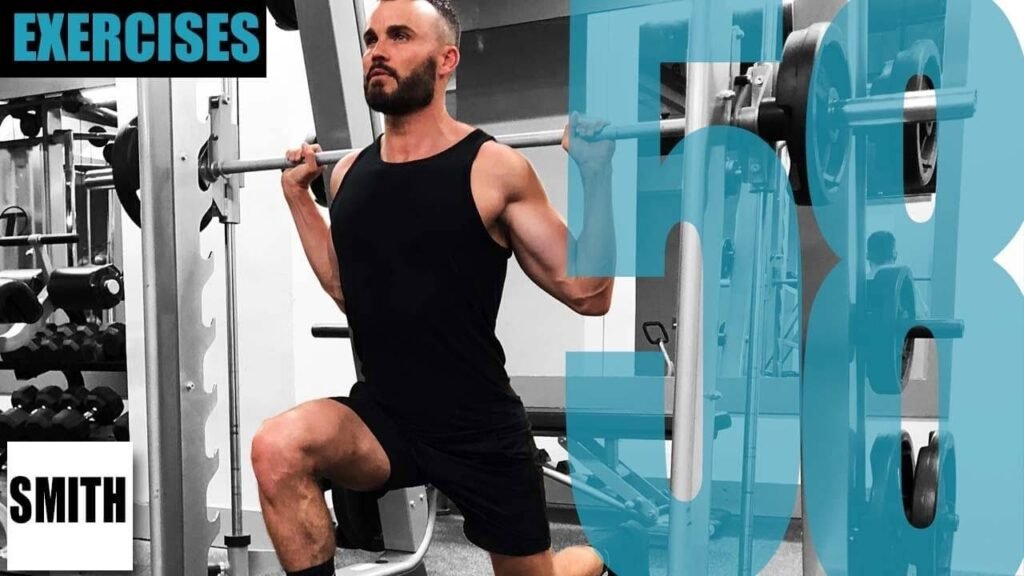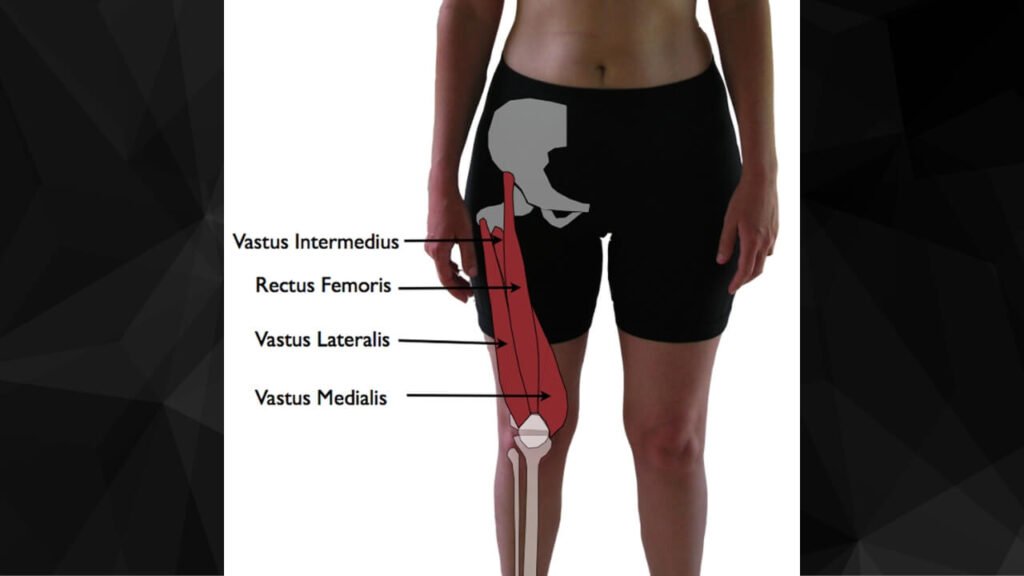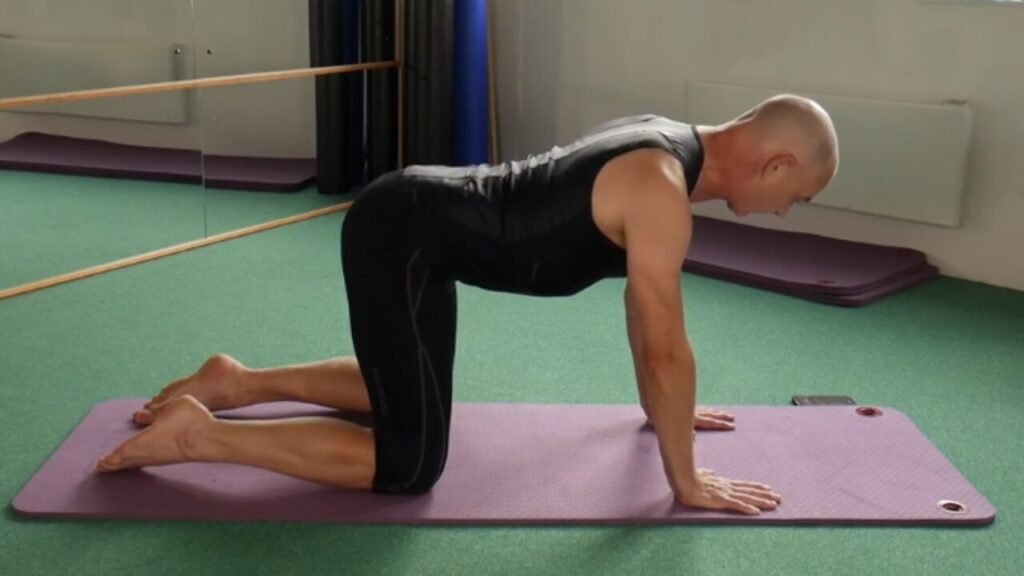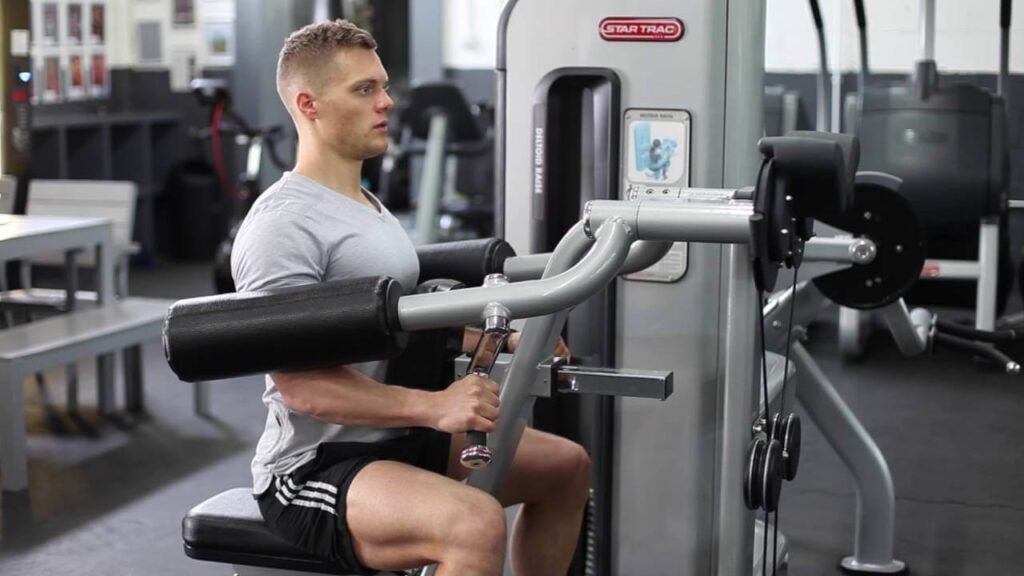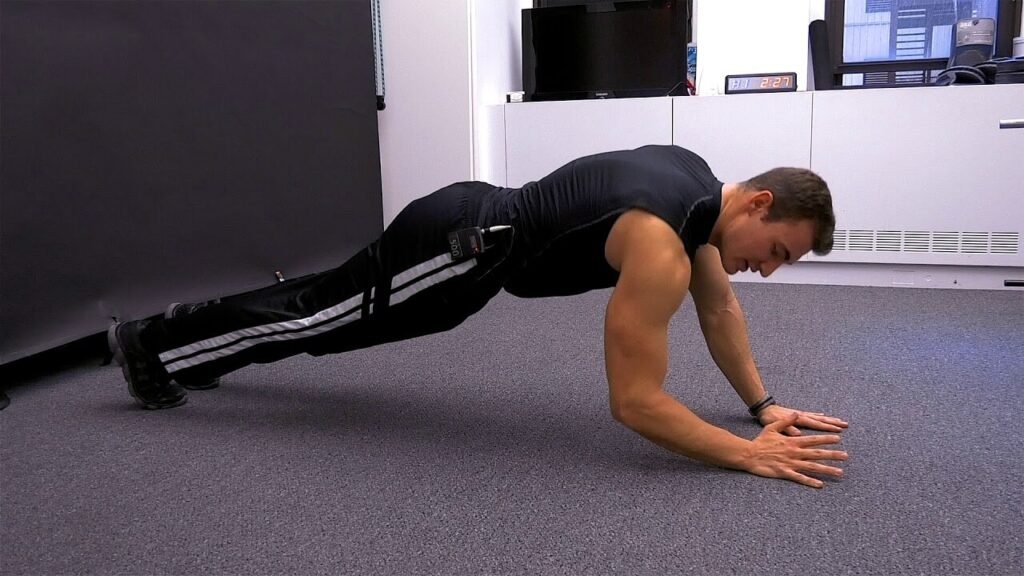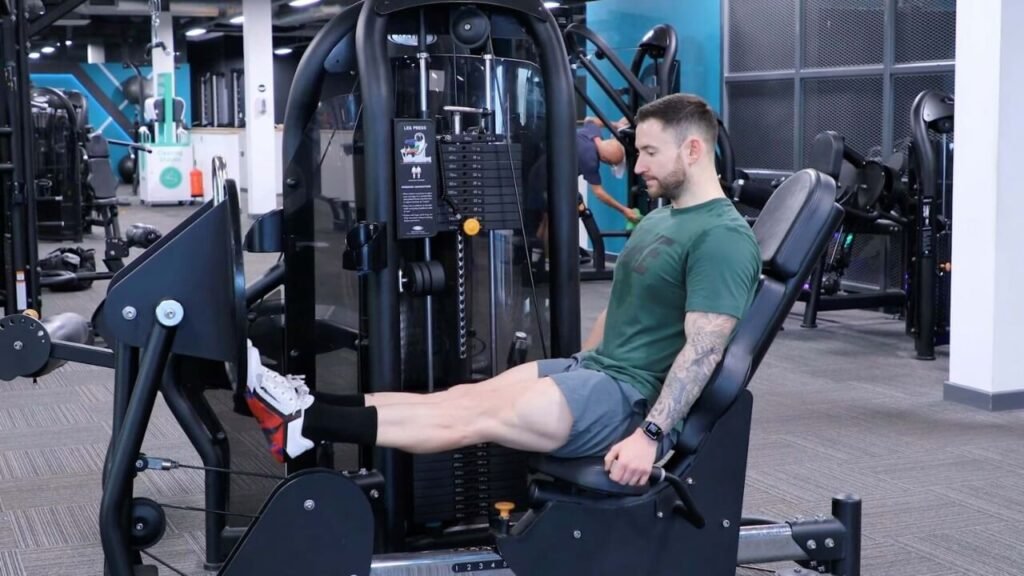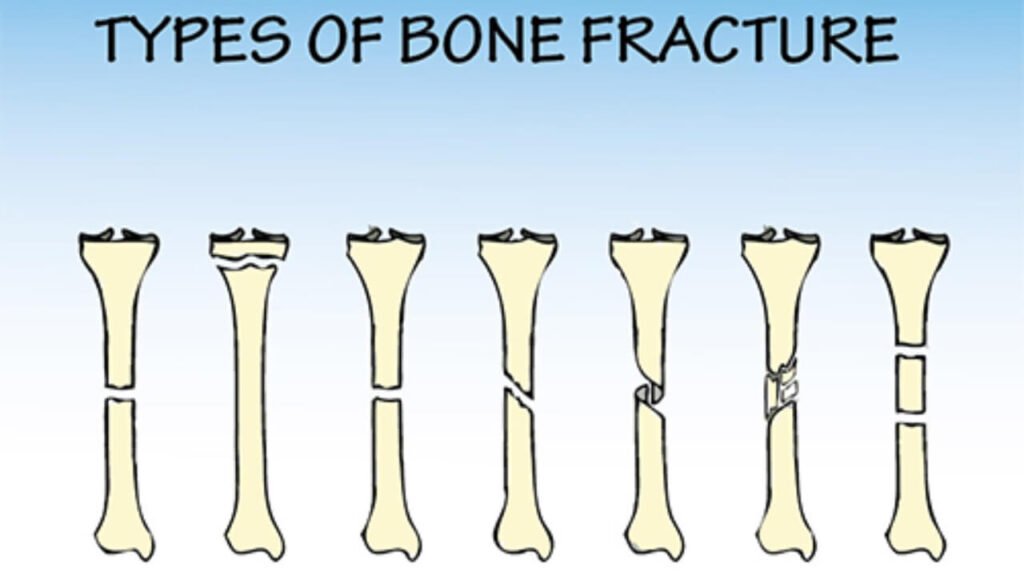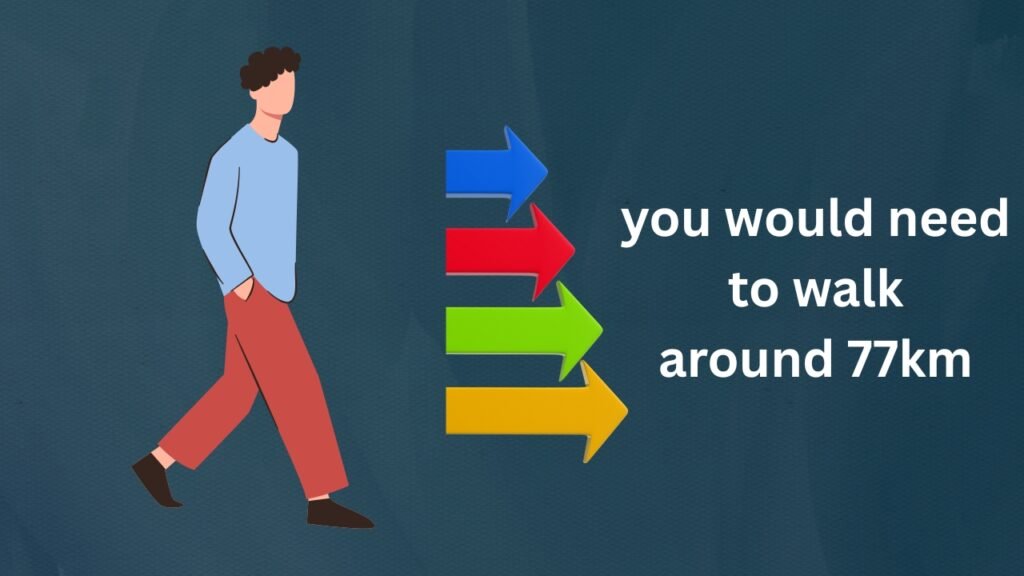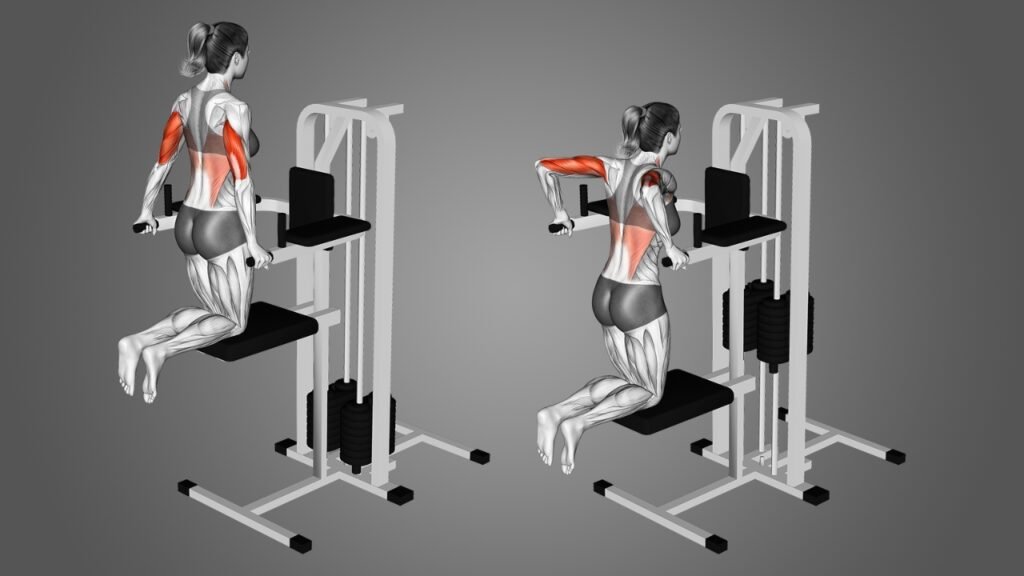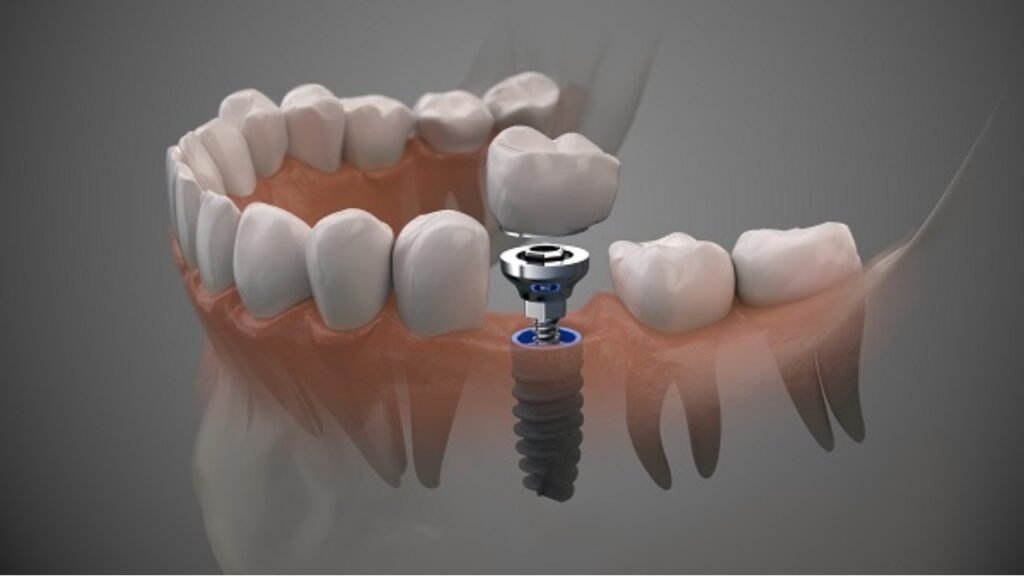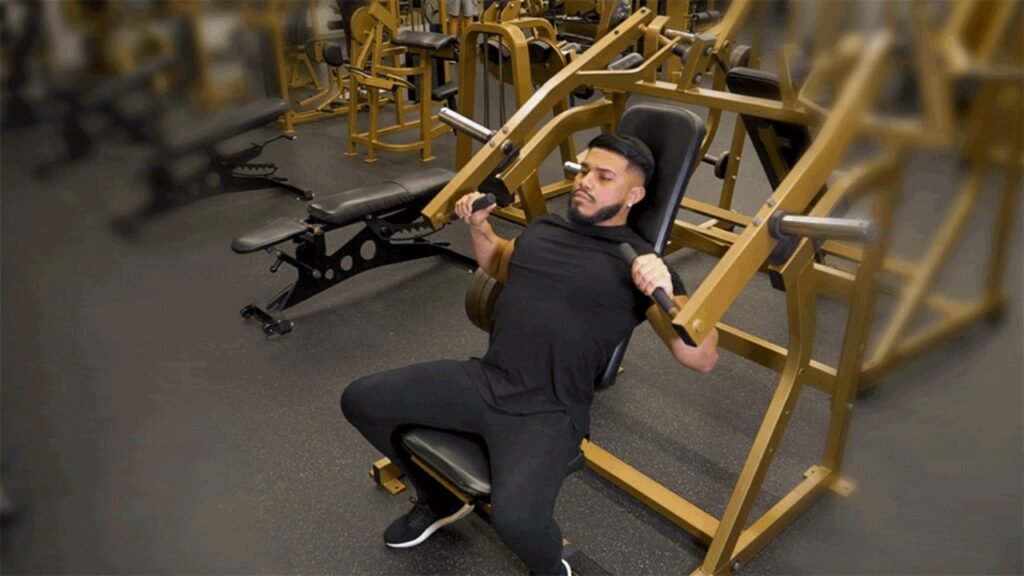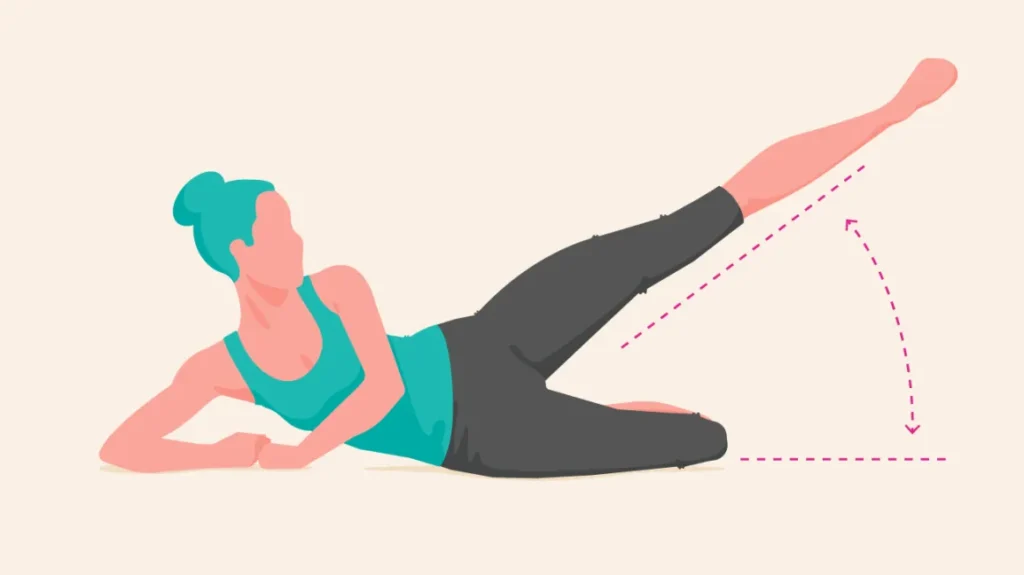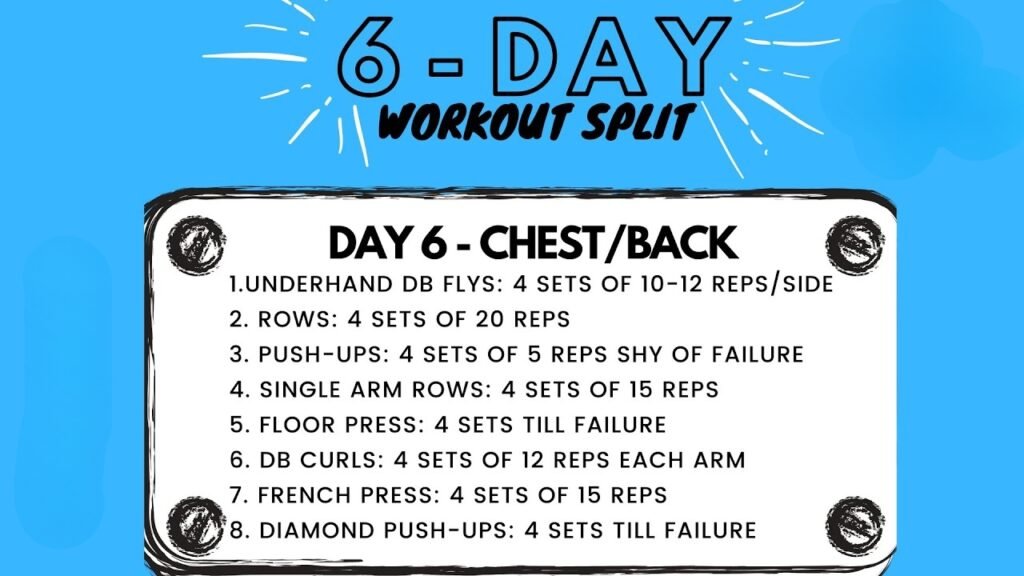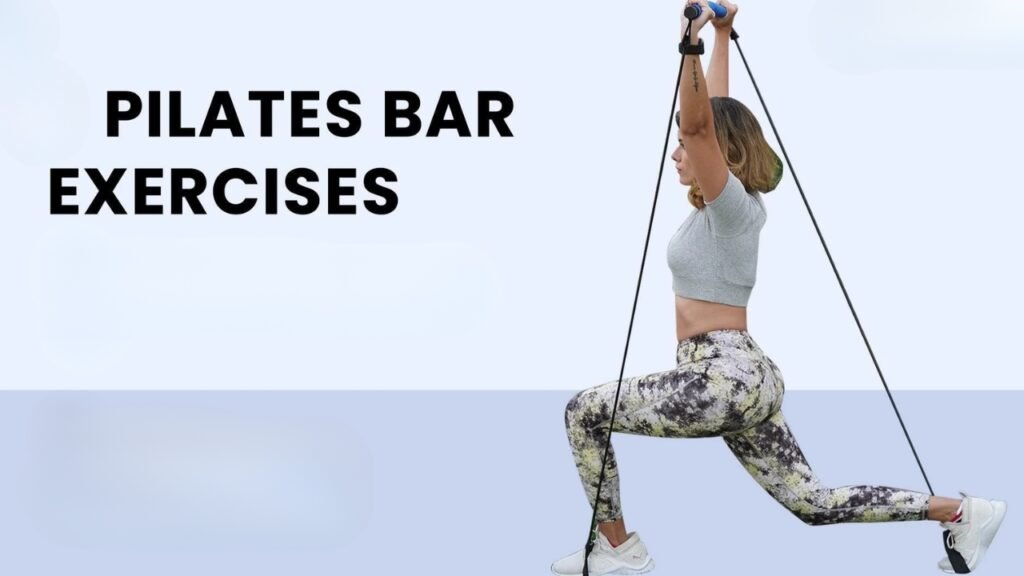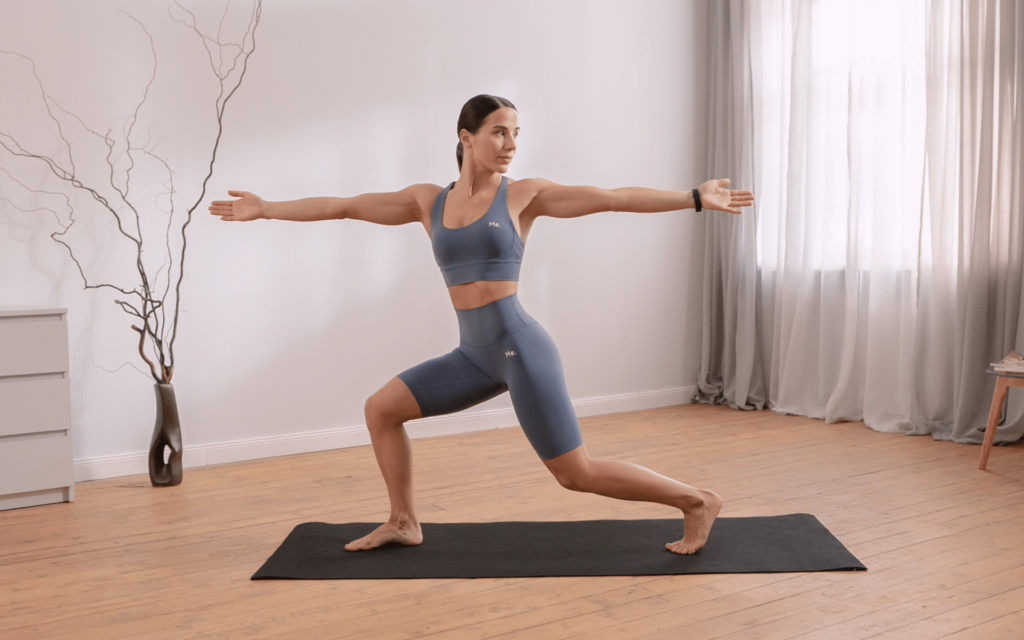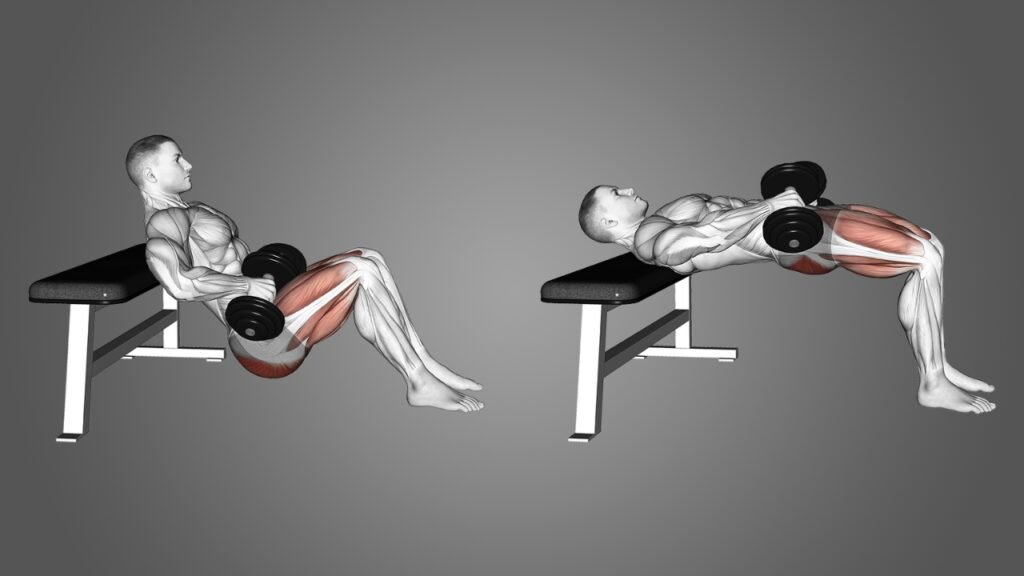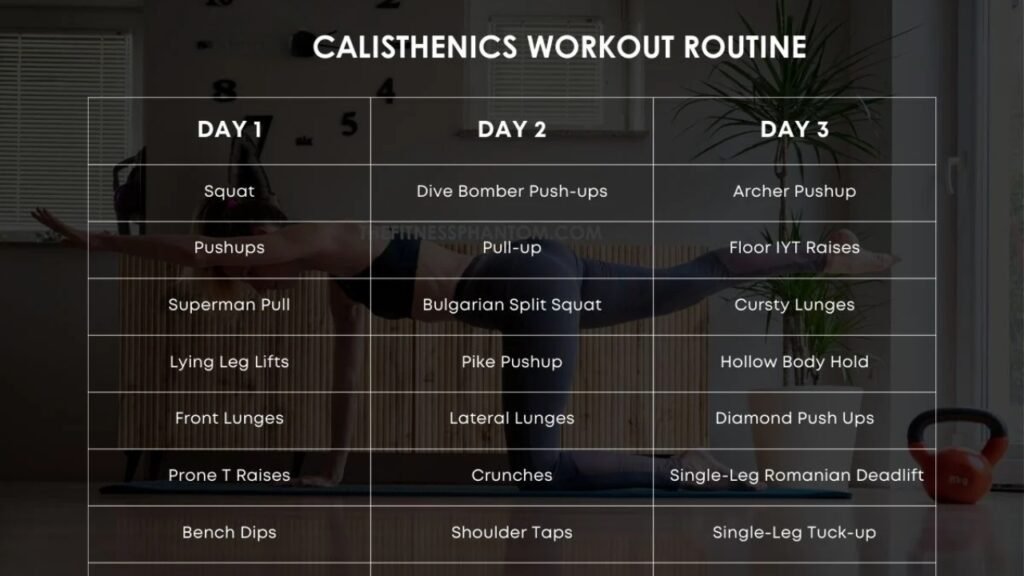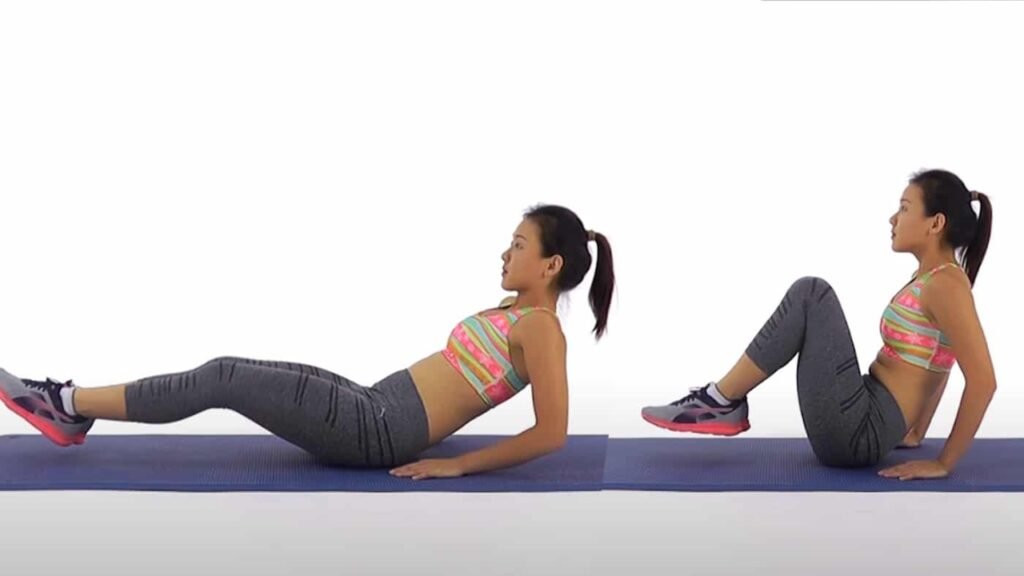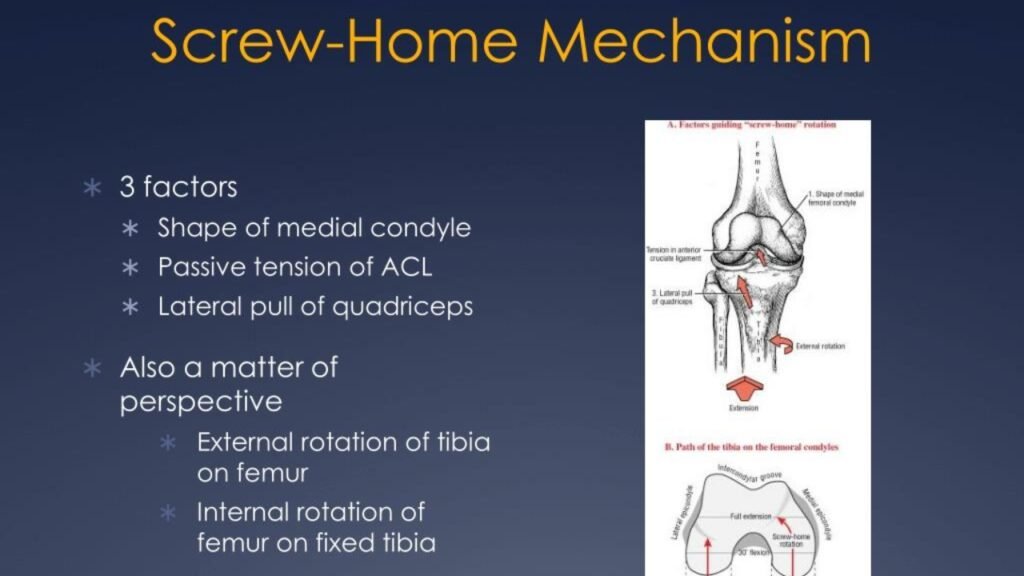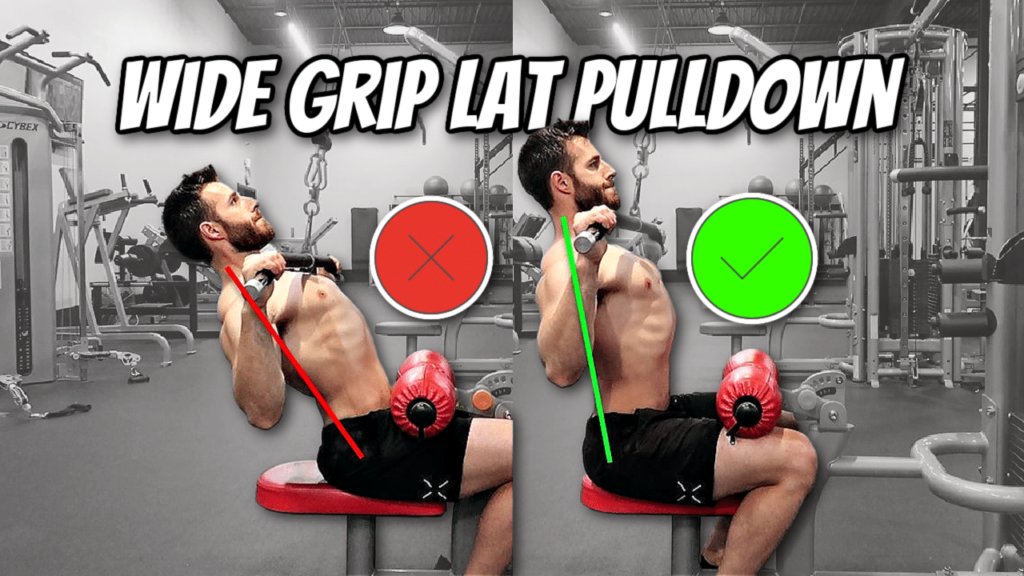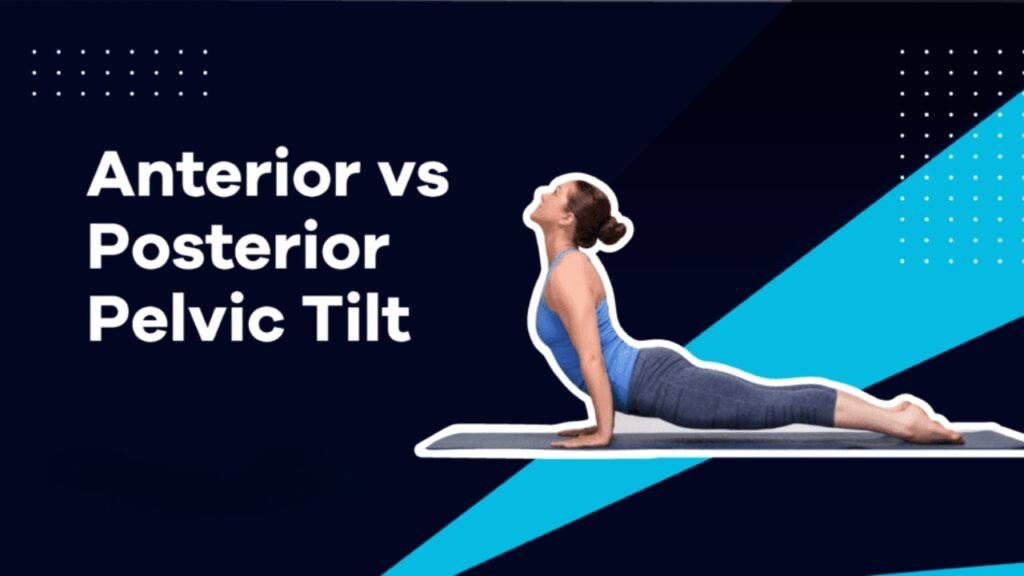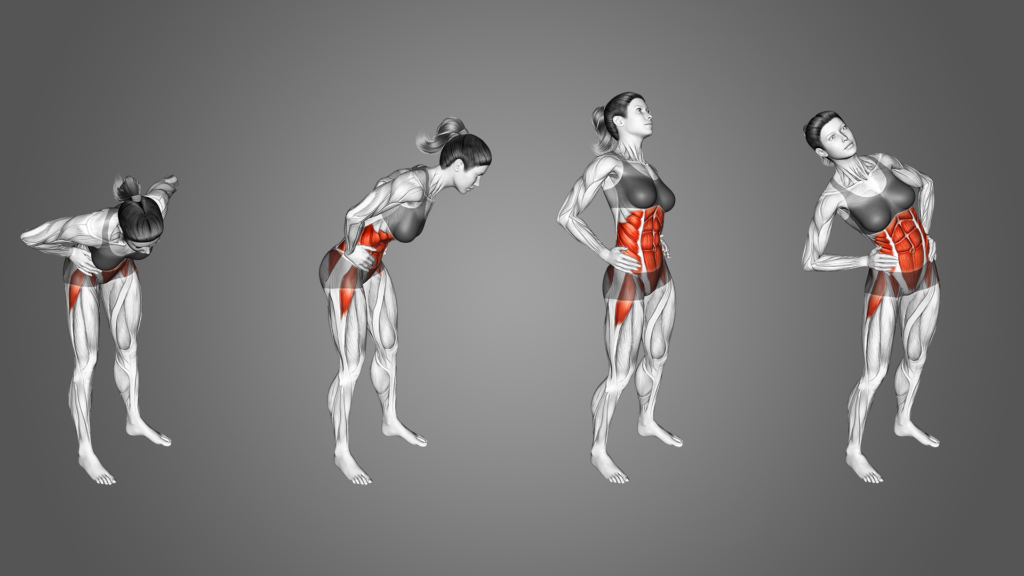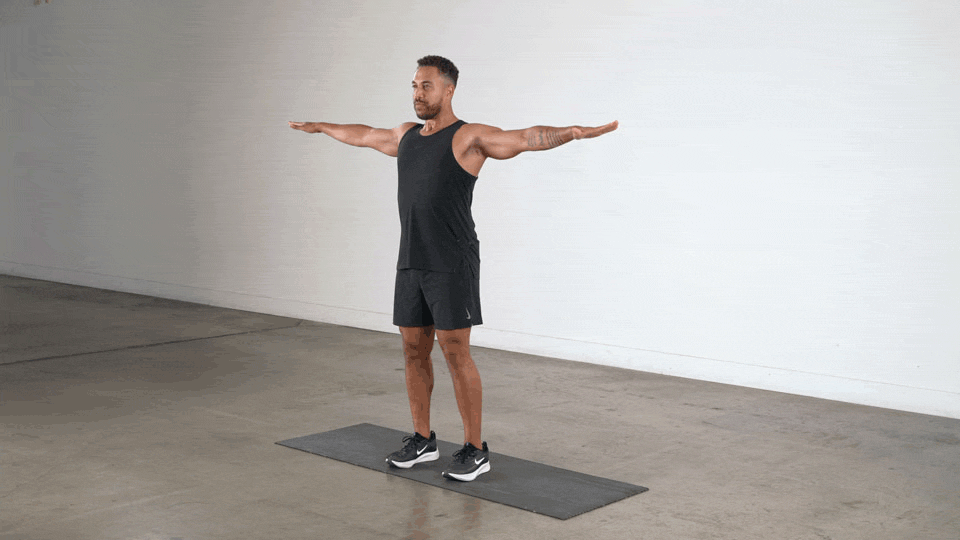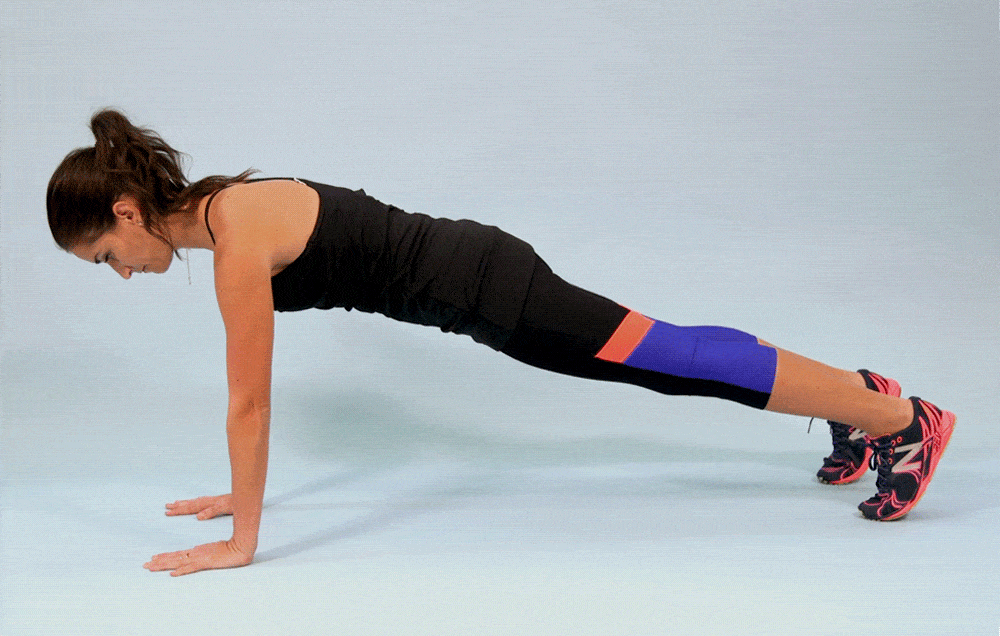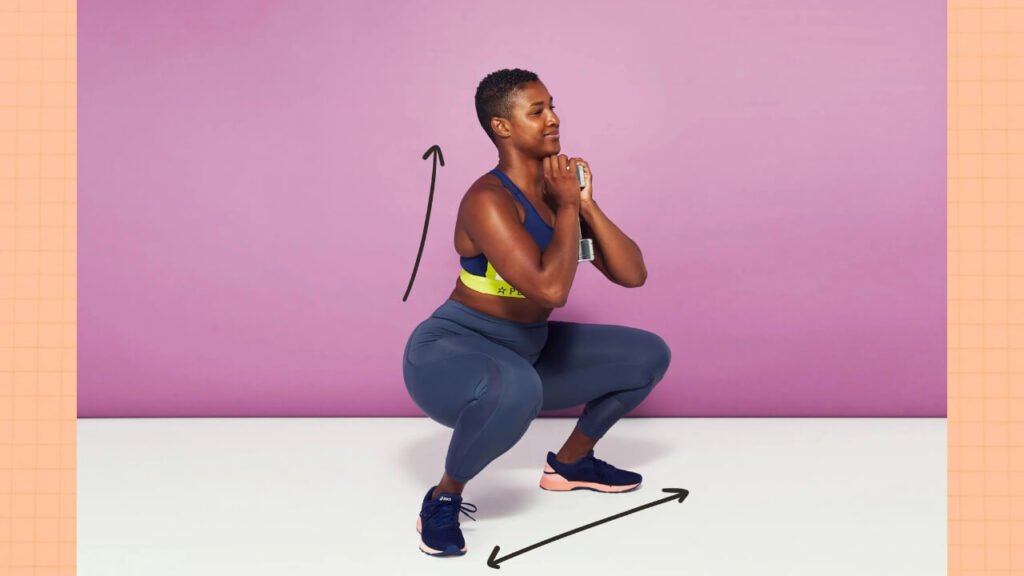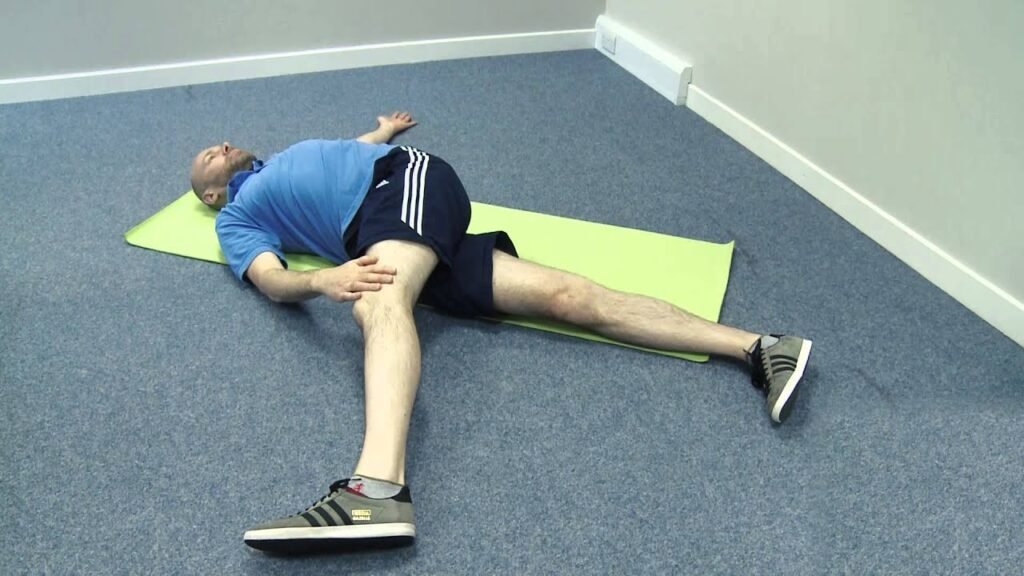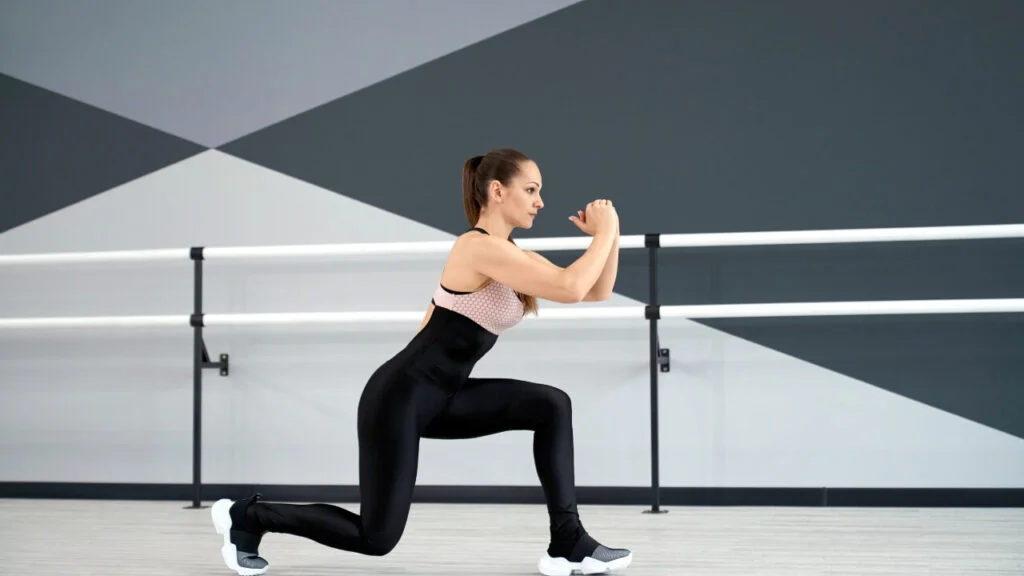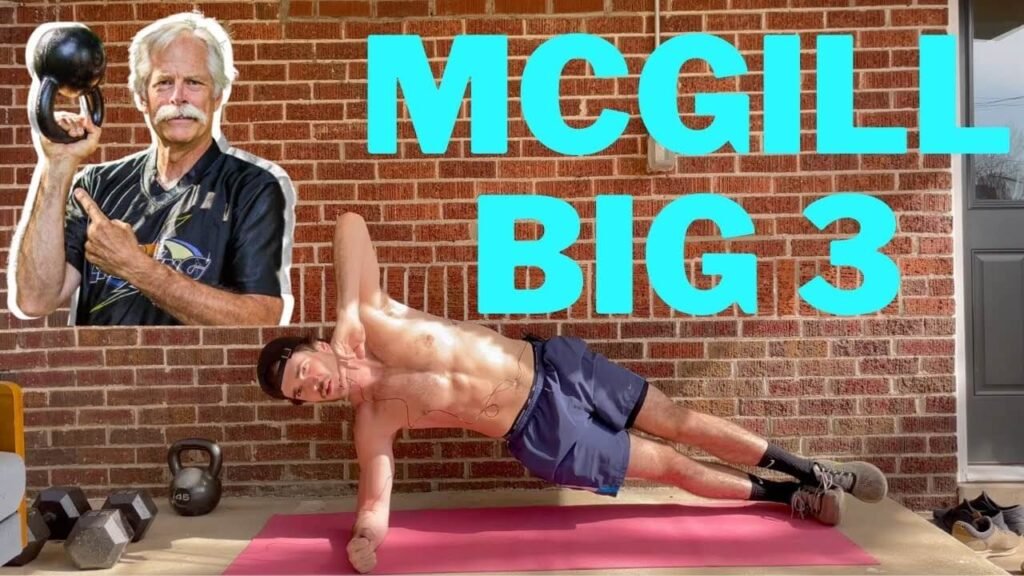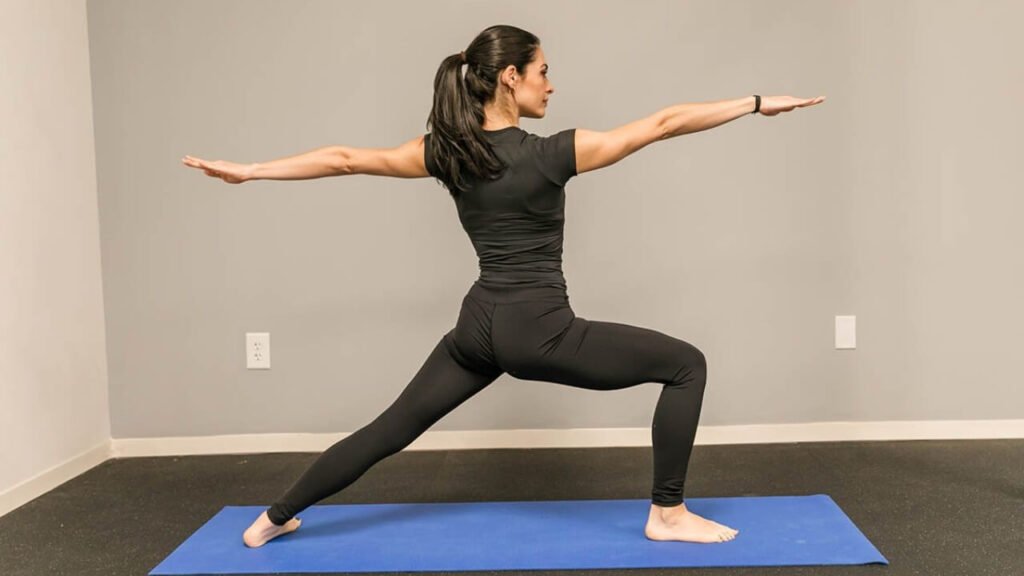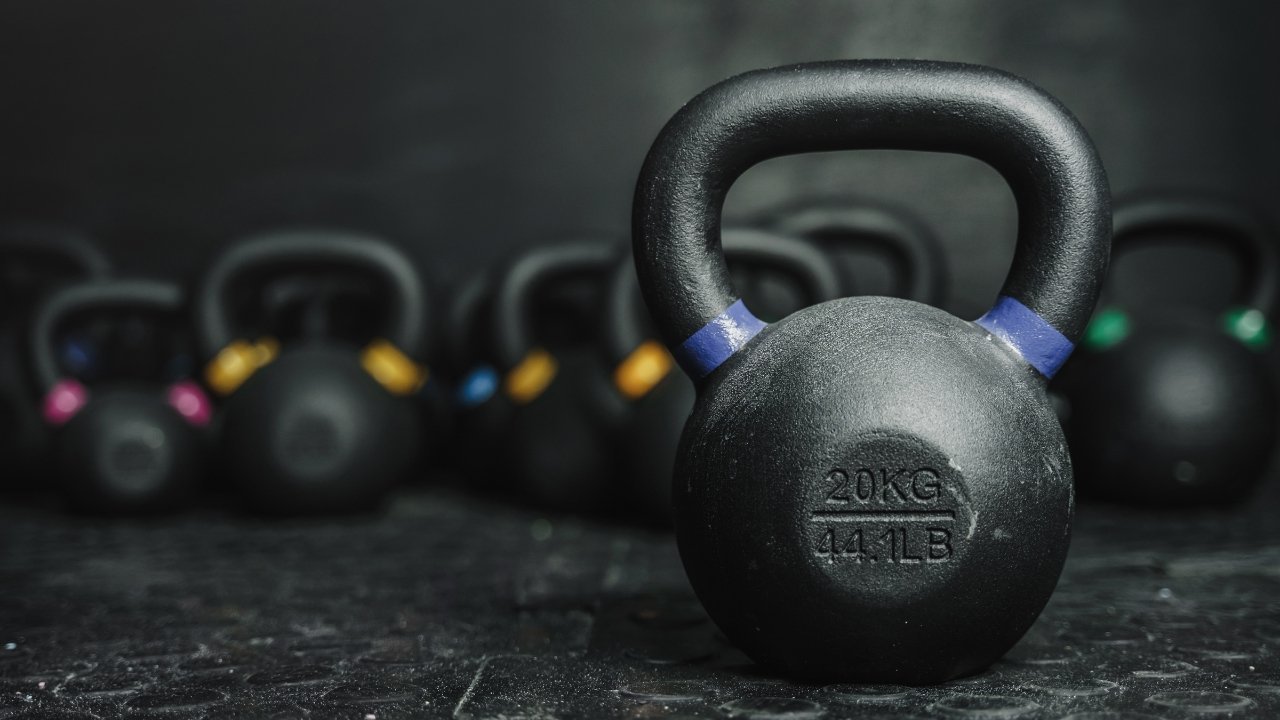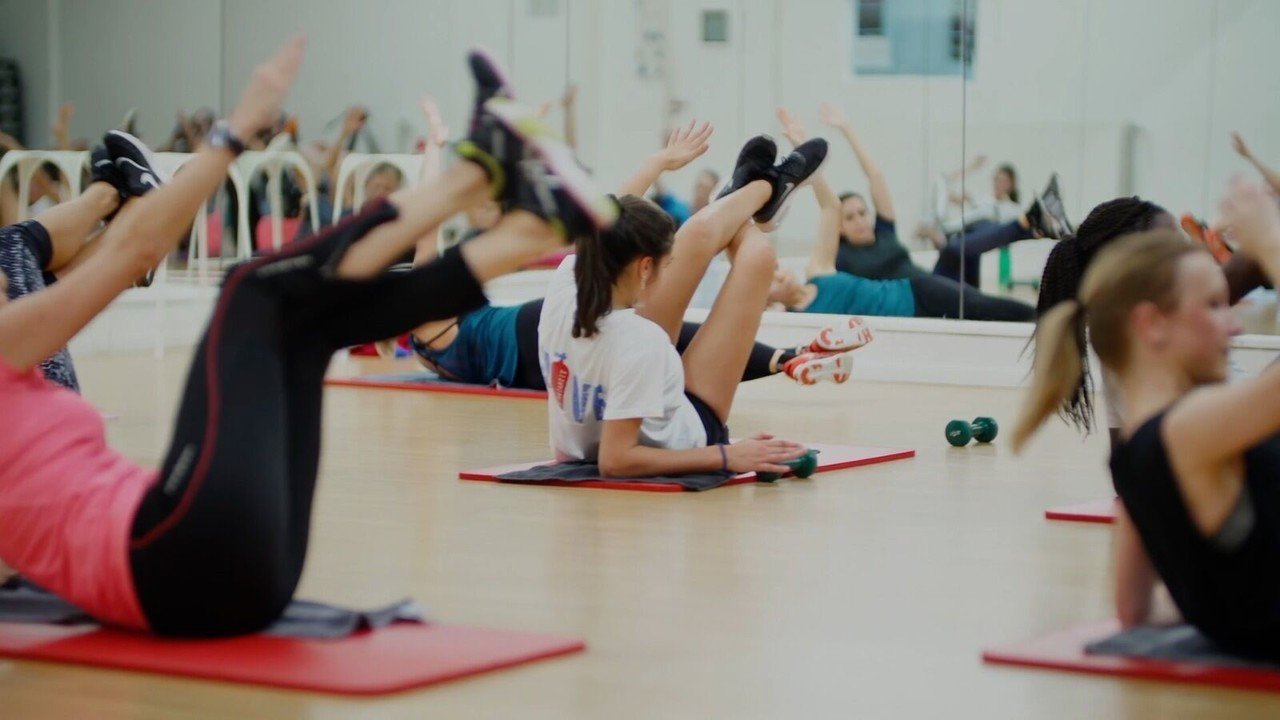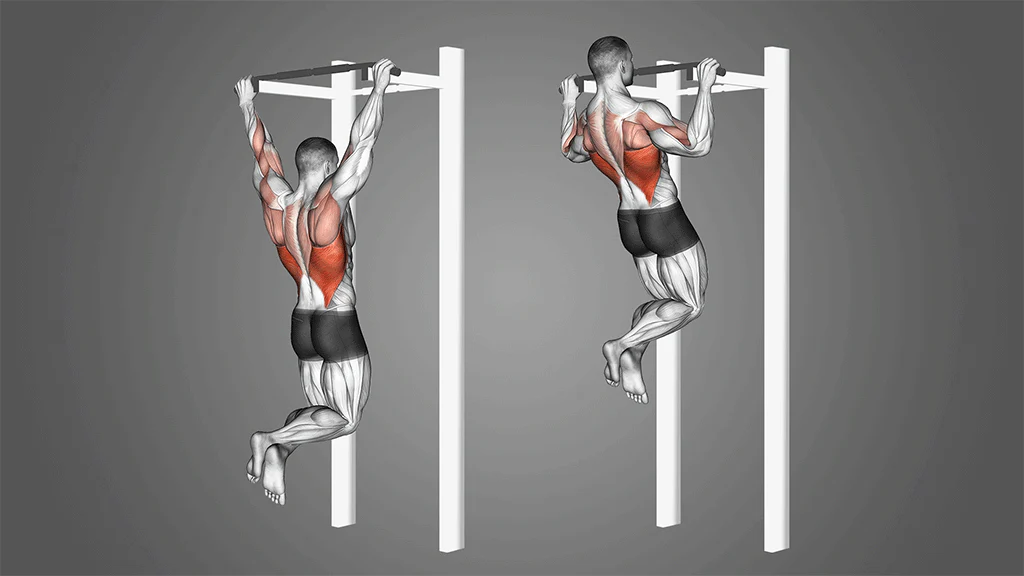Hack Your Fitness: The Secret “Isotonic Exercise” Method They Don’t Want You To Know!

Unleash Your Inner Strength: The Ultimate Guide to Isotonic Exercise
Imagine a workout that not only builds muscle but also enhances your endurance and overall fitness. That’s the power of isotonic exercise. In this comprehensive guide, we’ll delve into the world of isotonic exercise, exploring its numerous benefits, providing step-by-step instructions on how to perform various isotonic exercises, and comparing it to other forms of exercise. So, get ready to transform your fitness journey and discover the incredible potential of isotonic movements.
What is Isotonic Exercise?
Isotonic exercise is a type of strength training where the muscle changes length during the contraction. This means you’re not just holding a position; you’re actively moving a weight or your body weight through a range of motion. The term “isotonic” literally means “same tension,” though in reality, the tension within the muscle varies throughout the exercise.
Unlike isometric exercises, where the muscle contracts without changing length (think holding a plank), isotonic exercises involve both concentric and eccentric phases. The concentric phase is when the muscle shortens (like lifting a dumbbell during a bicep curl), while the eccentric phase is when the muscle lengthens (like lowering the dumbbell). This dynamic nature of isotonic exercise makes it highly effective for building strength, muscle mass, and endurance.
Therefore, understanding the nuances of isotonic training can revolutionize your fitness routine.
The Benefits of Isotonic Exercise: A Comprehensive Overview
Isotonic exercise offers a wide array of benefits that extend far beyond just building bigger muscles. From improving bone density to boosting cardiovascular health, the advantages are numerous and impactful.
Building Muscle Strength and Mass (Hypertrophy)
One of the most well-known benefits of isotonic exercise is its ability to promote muscle hypertrophy, which is the increase in the size of muscle cells. By repeatedly contracting and lengthening muscles under load, you stimulate muscle protein synthesis, the process by which your body repairs and builds new muscle tissue. Furthermore, compound isotonic exercises, such as squats and deadlifts, engage multiple muscle groups simultaneously, maximizing muscle growth and strength gains.
Enhancing Endurance
In addition to building strength, isotonic exercise can also significantly improve your muscular endurance. By performing higher repetitions with lighter weights, you train your muscles to resist fatigue and sustain contractions for longer periods. This is particularly beneficial for activities like running, swimming, and cycling, where sustained muscular effort is required.
Improving Bone Density
Weight-bearing isotonic exercises, such as squats, lunges, and overhead presses, place stress on your bones, which stimulates bone remodeling. Bone remodeling is the process by which old bone tissue is broken down and replaced with new, stronger bone tissue. Over time, this can lead to increased bone density, reducing your risk of osteoporosis and fractures, particularly as you age.
Boosting Cardiovascular Health
While isotonic exercise is primarily known for its strength-building benefits, it can also contribute to improved cardiovascular health. During isotonic exercise, your heart rate and blood pressure increase, which helps to strengthen your heart muscle and improve circulation. Also, engaging in regular isotonic exercise can help lower your risk of heart disease, stroke, and other cardiovascular conditions.
Increasing Functional Fitness
Functional fitness refers to your ability to perform everyday activities with ease and efficiency. Isotonic exercises, especially those that mimic real-life movements, can significantly improve your functional fitness. For example, squats can improve your ability to get up and down from a chair, while lunges can enhance your balance and coordination when walking. Therefore, integrating isotonic exercises into your routine can make daily tasks feel easier and more manageable.
Improving Mental Well-being
Beyond the physical benefits, isotonic exercise can also have a positive impact on your mental well-being. Exercise, in general, releases endorphins, which have mood-boosting effects. Engaging in regular isotonic exercise can help reduce stress, anxiety, and symptoms of depression. Additionally, the sense of accomplishment you feel after completing a challenging workout can boost your self-esteem and confidence.
Examples of Isotonic Exercises and How to Perform Them
Now that you understand the numerous benefits of isotonic exercise, let’s explore some common examples and how to perform them with proper form. Remember to consult with a healthcare professional or certified trainer before starting any new exercise program.
Squats
Squats are a fundamental isotonic exercise that targets the quadriceps, hamstrings, glutes, and core. They are fantastic for building lower body strength and improving overall functional fitness.
- How to perform: Stand with your feet shoulder-width apart, toes slightly pointed outward. Keep your back straight and core engaged. Lower your body as if you’re sitting into a chair, keeping your knees behind your toes. Go as low as you comfortably can, ideally with your thighs parallel to the ground. Push through your heels to return to the starting position.
- Reddit Tip: One Reddit user mentioned focusing on maintaining a neutral spine throughout the movement to avoid lower back pain.
Lunges
Lunges are another excellent isotonic exercise for the lower body, targeting the quads, hamstrings, glutes, and calves. They also help improve balance and coordination.
- How to perform: Stand with your feet hip-width apart. Step forward with one leg, lowering your body until both knees are bent at approximately 90 degrees. Keep your front knee behind your toes and your back knee close to the ground. Push off with your front foot to return to the starting position. Repeat on the other side.
- Variation: Consider reverse lunges for a different emphasis on the glutes and hamstrings.
Push-ups
Push-ups are a classic isotonic exercise that targets the chest, shoulders, triceps, and core. They are a great bodyweight exercise that can be done virtually anywhere.
- How to perform: Start in a plank position with your hands shoulder-width apart, fingers pointing forward. Lower your body until your chest touches the ground, keeping your elbows close to your body. Push back up to the starting position, fully extending your arms.
- Modification: If you’re new to push-ups, start with knee push-ups to reduce the load.
Bicep Curls
Bicep curls are an isotonic exercise that isolates the biceps muscles. They are effective for building upper arm strength and definition.
- How to perform: Stand with your feet shoulder-width apart, holding a dumbbell in each hand, palms facing forward. Keep your elbows close to your body. Curl the dumbbells up towards your shoulders, contracting your biceps. Lower the dumbbells back to the starting position in a controlled manner.
- Tip: Avoid swinging your body during the exercise; focus on using your biceps to lift the weight.
Tricep Extensions
Tricep extensions are an isotonic exercise that targets the triceps muscles. They are essential for developing the back of your upper arms.
- How to perform: Stand with your feet shoulder-width apart, holding a dumbbell overhead with both hands. Keep your elbows close to your head. Lower the dumbbell behind your head, bending your elbows. Extend your arms back to the starting position, contracting your triceps.
- Alternative: Use a resistance band for tricep extensions if you don’t have dumbbells.
Deadlifts
Deadlifts are a powerful compound isotonic exercise that works nearly every muscle in your body, particularly the back, hamstrings, and glutes. They are excellent for building overall strength and power.
- How to perform: Stand with your feet hip-width apart, with a barbell in front of you. Hinge at your hips, keeping your back straight, and grip the barbell with an overhand grip, slightly wider than shoulder-width. Keeping your back straight, lift the barbell off the ground by extending your hips and knees simultaneously. Lower the barbell back to the ground in a controlled manner, hinging at your hips.
- Safety: Start with a light weight and focus on maintaining proper form to prevent injury.
Isotonic vs. Isometric Exercises: Understanding the Key Differences
While both isotonic and isometric exercises contribute to strength training, they differ significantly in their execution and benefits. Understanding these differences can help you tailor your workout routine to meet your specific fitness goals.
Muscle Contraction
The primary difference between isotonic and isometric exercises lies in the type of muscle contraction involved. Isotonic exercises involve dynamic contractions, where the muscle changes length during the exercise. Isometric exercises, on the other hand, involve static contractions, where the muscle contracts without changing length.
Joint Movement
Isotonic exercises involve movement at the joints, allowing you to work through a full range of motion. Isometric exercises, however, do not involve joint movement; you simply hold a position.
Benefits
Isotonic exercises are generally more effective for building muscle mass, strength, and endurance. Isometric exercises are primarily beneficial for improving static strength and stability. Moreover, Isotonic exercises often lead to better cardiovascular benefits due to the dynamic nature of the movements.
Examples
Examples of isotonic exercises include squats, lunges, push-ups, and bicep curls. Examples of isometric exercises include planks, wall sits, and holding a dumbbell at a fixed position.
Choosing the Right Type of Exercise
The best type of exercise for you will depend on your individual goals and preferences. If you’re looking to build muscle mass and improve overall strength and endurance, isotonic exercises are a great choice. If you’re primarily interested in improving static strength and stability, or if you have joint pain that limits your range of motion, isometric exercises may be more suitable.
“Isotonic exercises provide a full range of motion, which is crucial for functional strength and preventing stiffness,”
explains Dr. Emily Carter, a certified sports medicine physician.
“Isometric exercises, however, are great for strengthening specific muscles and can be performed anywhere without equipment.”
How Isotonic Exercises Improve Strength and Endurance: A Deep Dive
Isotonic exercises improve strength and endurance through a variety of physiological mechanisms. Let’s take a closer look at how these exercises impact your body at the cellular and systemic levels.
Muscle Fiber Recruitment
During isotonic exercise, your body recruits motor units, which consist of a motor neuron and the muscle fibers it innervates. As the intensity of the exercise increases, your body recruits more and larger motor units, leading to increased muscle activation. This increased activation stimulates muscle protein synthesis and promotes muscle growth.
Metabolic Adaptations
Isotonic exercise also leads to metabolic adaptations within the muscle cells. These adaptations include increased mitochondrial density (the powerhouses of the cells), improved enzyme activity, and enhanced glycogen storage. These changes allow your muscles to produce more energy and resist fatigue for longer periods, thereby improving your muscular endurance.
Neuromuscular Adaptations
In addition to muscle fiber recruitment and metabolic adaptations, isotonic exercise also leads to neuromuscular adaptations. These adaptations involve improved communication between your brain and your muscles, leading to better coordination and efficiency of movement. Over time, this can result in increased strength, power, and agility.
Cardiovascular Adaptations
As mentioned earlier, isotonic exercise can also improve your cardiovascular health. Regular isotonic exercise leads to increased stroke volume (the amount of blood your heart pumps with each beat) and decreased resting heart rate. These adaptations allow your heart to work more efficiently, delivering more oxygen and nutrients to your muscles during exercise.
Hormonal Responses
Isotonic exercise triggers the release of various hormones, including testosterone, growth hormone, and cortisol. Testosterone and growth hormone promote muscle growth and repair, while cortisol helps to mobilize energy stores during exercise. These hormonal responses contribute to the overall adaptive response to isotonic exercise.
Creating an Isotonic Exercise Program: Tips and Guidelines
Now that you understand the science behind how isotonic exercises improve strength and endurance, let’s discuss how to create an effective isotonic exercise program.
Assess Your Fitness Level
Before starting any new exercise program, it’s important to assess your current fitness level. This will help you determine the appropriate starting point and gradually progress as you get stronger.
Set Realistic Goals
Set realistic goals for your isotonic exercise program. Whether your goal is to build muscle mass, improve endurance, or simply get in better shape, make sure your goals are specific, measurable, achievable, relevant, and time-bound (SMART).
Choose Exercises Wisely
Select exercises that target all major muscle groups, including the legs, chest, back, shoulders, arms, and core. Focus on compound exercises that engage multiple muscle groups simultaneously for maximum efficiency.
Determine Your Reps and Sets
Determine the appropriate number of repetitions and sets for each exercise based on your goals. If your primary goal is to build muscle mass, aim for 8-12 repetitions per set. If your goal is to improve endurance, aim for 15-20 repetitions per set.
Use Proper Form
Always prioritize proper form over lifting heavy weights. Using improper form can increase your risk of injury. Watch videos, read articles, or consult with a certified trainer to learn the correct technique for each exercise.
Progress Gradually
Gradually increase the weight, repetitions, or sets as you get stronger. This will challenge your muscles and continue to stimulate adaptation.
Listen to Your Body
Pay attention to your body and rest when you need to. Overtraining can lead to injury and burnout.
Stay Consistent
Consistency is key to achieving results with isotonic exercise. Aim to exercise at least 2-3 times per week.
Conclusion: Embrace Isotonic Exercise for a Stronger, Healthier You
Isotonic exercise is a powerful tool for building strength, endurance, and overall fitness. Its dynamic nature challenges your muscles in a way that static exercises cannot, leading to significant improvements in muscle mass, bone density, cardiovascular health, and functional fitness. By incorporating a variety of isotonic exercises into your routine and following the guidelines outlined in this guide, you can unlock your full potential and achieve a stronger, healthier, and more resilient you. So, embrace the movement, feel the burn, and witness the transformation.


